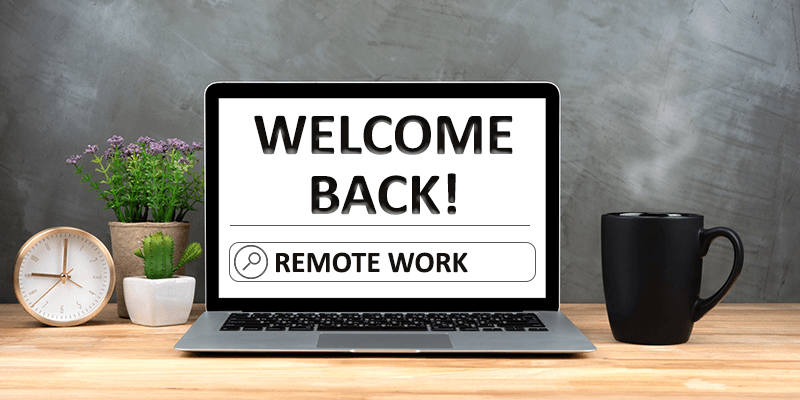
Seeking Remote Work After a Career Break
Professionals bow out of the workforce for many reasons. They may have babies or young children at home, or aging parents who require an increased level of care; they may be dealing with an illness of their own or that of their spouse; they may have temporarily had to relocate due to a partner’s job or a military station.
Circumstances can change unexpectedly. They may be able to return to work full-time, or perhaps can only do so with a flexible schedule. In other cases, they may have room in their schedules for a part-time role that could be fulfilled virtually.
One thing’s for sure: having the right advice could help those returning to the workforce after a career break land a more meaningful remote position.
Here are some qualities to look for in a prospective virtual or distributed employer, how to reach out when you have no professional connection, and the relevant skills you ought to be highlighting on your resume:
Prioritizing employer attributes.
Rather than casting as wide a net as possible, it makes much more sense to zero in on the organizations where applicants will have the best chance at landing an interview. Conducting early investigative work sets the stage for which companies job seekers might approach. A few questions to ask:
- Does an organization have any affiliations with expat or trailing spouses, or support other affinity groups likely to embrace remote work?
- Has their website described them as military friendly or particularly welcoming to stay-at-home parents?
- What company values or policies do they appear to have in place that promote a receptive attitude toward remote work? These might be communicated via a digital handbook or through a blog.
- What are others saying about the company, either on social media or on aggregate review websites like Glassdoor?
Conducting effective outreach.
Even if an applicant feels woefully out of the career loop, there are a number of ways to get connected, fast:
- Contacts can be built up via social media quite easily. For example, they can set up a Twitter account (if not already active on the platform) and hop onto a chat such as #peepchat or #remoteworkchat to interact with remote professionals and company leaders. Or search through common hashtags to see who’s talking about #remotejobs or #hiring. Searching through LinkedIn for connections—even cold ones—is another possibility, provided they supply a note detailing why they’d like to be in touch with the recipient, and what synergies may exist in their work so that the intro seems mutually beneficial.
- Attending a virtual conference in a desired field also enables one to expand their network without having to travel. Entry fees are typically a lower cost than face-to-face events, and offer a wealth of options to chat with other professionals and get to know the movers and shakers (typically speakers and panelists) who could be ideal additions to one’s contact list.
- Sending emails to and scheduling calls with old and new friends, past colleagues, and employed relatives is another helpful route; once an extended network is activated, they’ll have the job seeker on their minds and can more easily make valuable connections for them.
Highlighting relevant transferable skills.
No remote background? No problem! If their past work experience doesn’t include any work done at a distance, prospective employees can still market themselves as attractive candidates for virtual roles. It just requires a little creativity and a lot of emphasis on transferable skills.
For example:
- Someone with a sales background can easily showcase their track record in negotiating contracts and closing business deals, which don’t necessarily take place in person.
- Those who have worked in digital roles (graphic designers, programmers, online marketers, and others) can communicate how they managed and shipped projects to teammates and clients, much like professionals in a remote environment would.
- Educators can speak to their knowledge of online tools and platforms, which they likely used regardless of whether they taught solely in a classroom, via distance learning, or in a hybrid or blended setting.
- Other previously office-bound employees can emphasize web-based aspects of past positions, which may have involved a lot of in-depth electronic documentation and asynchronous communication.
Photo Credit: bigstockphoto.com
By Kristi DePaul | Categories: Work Remotely



